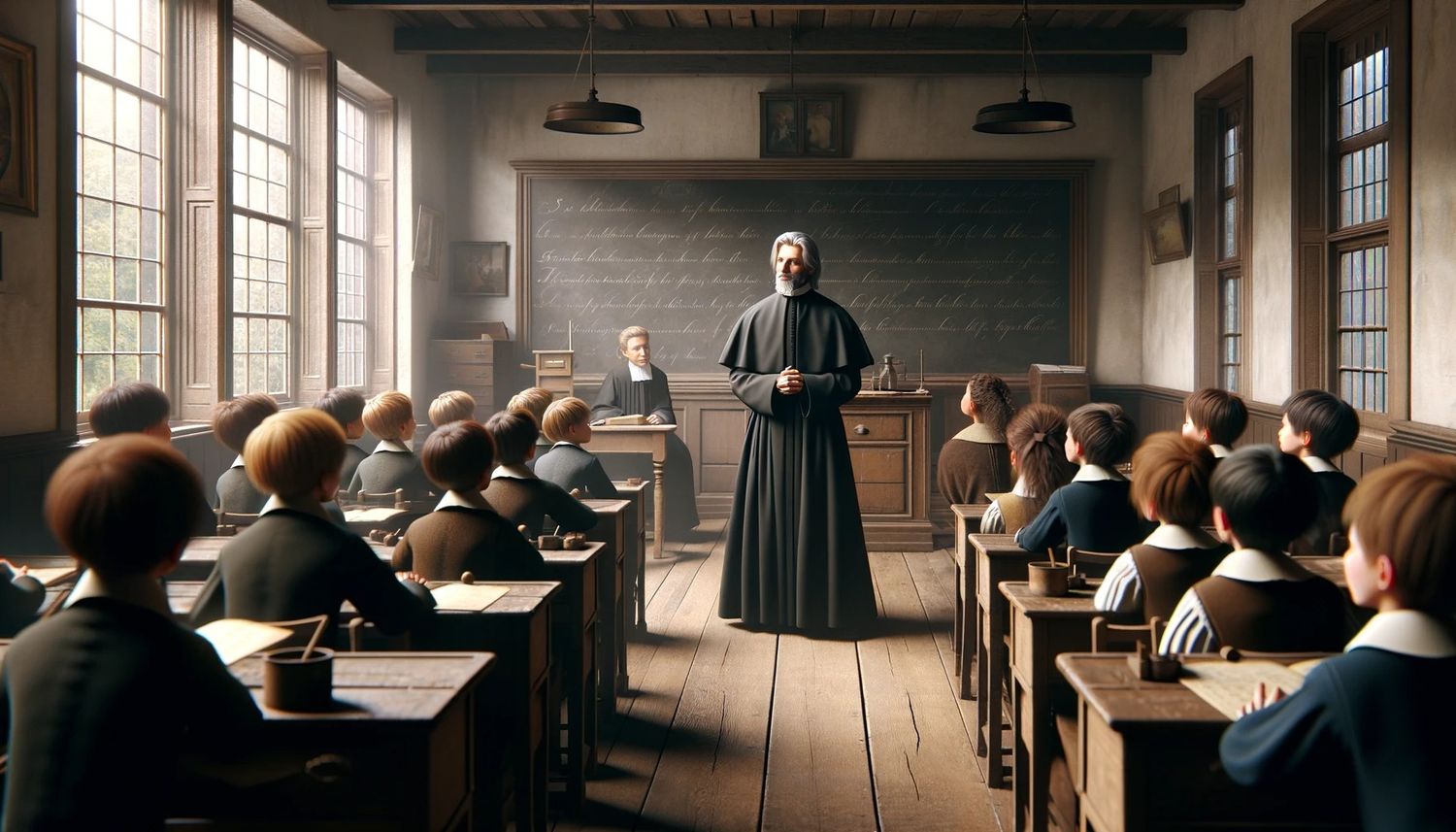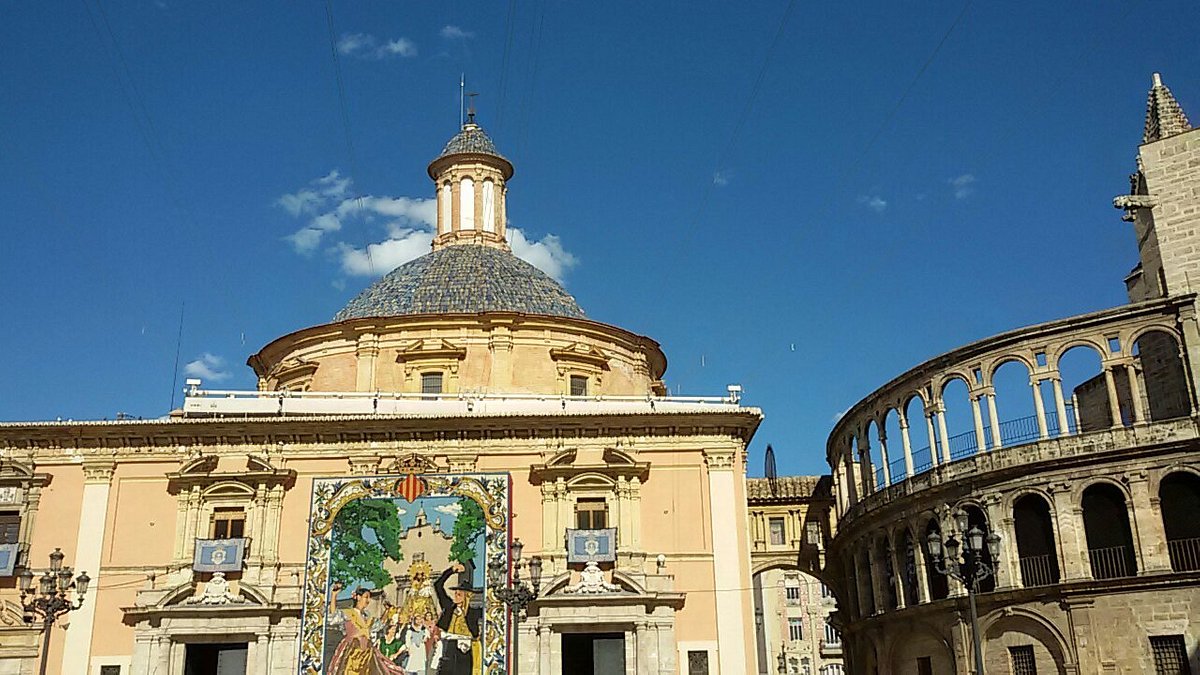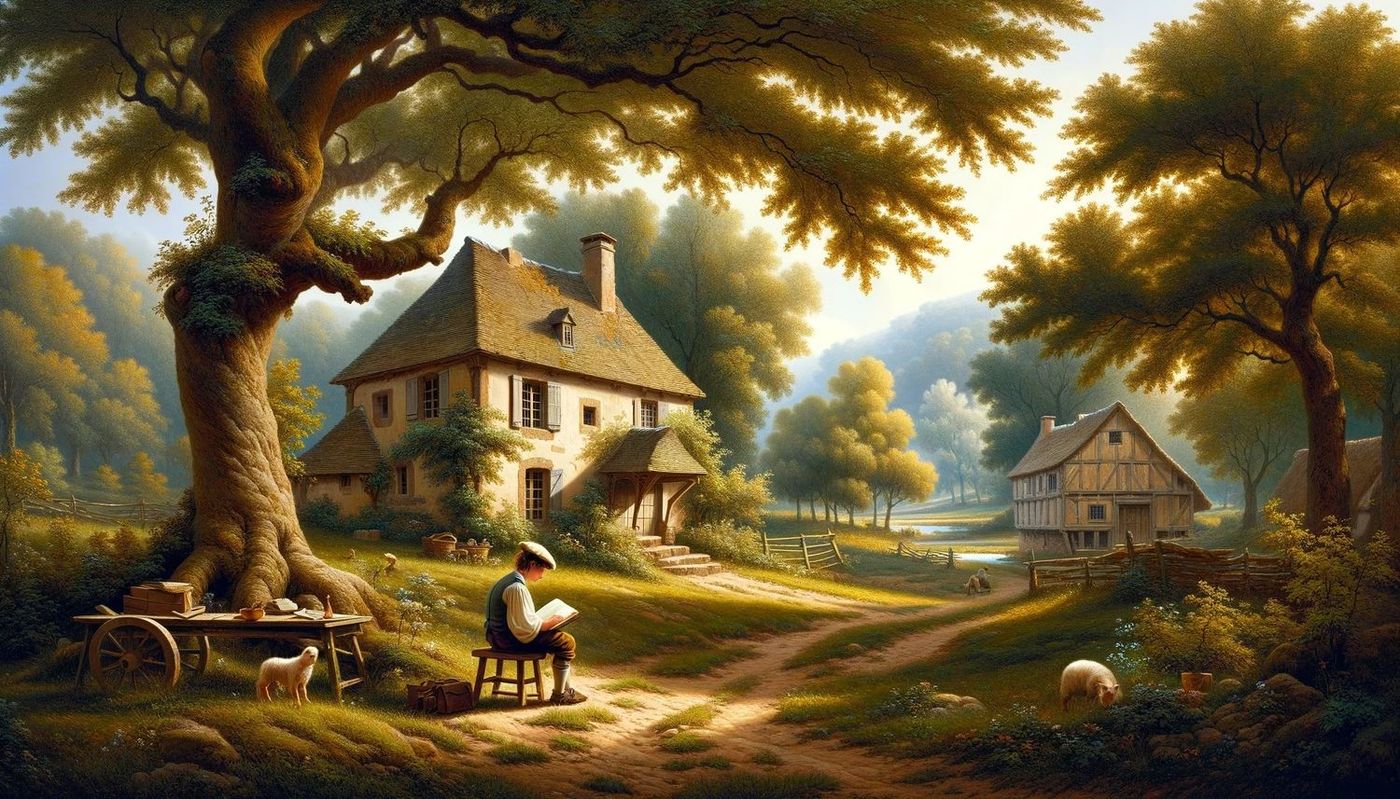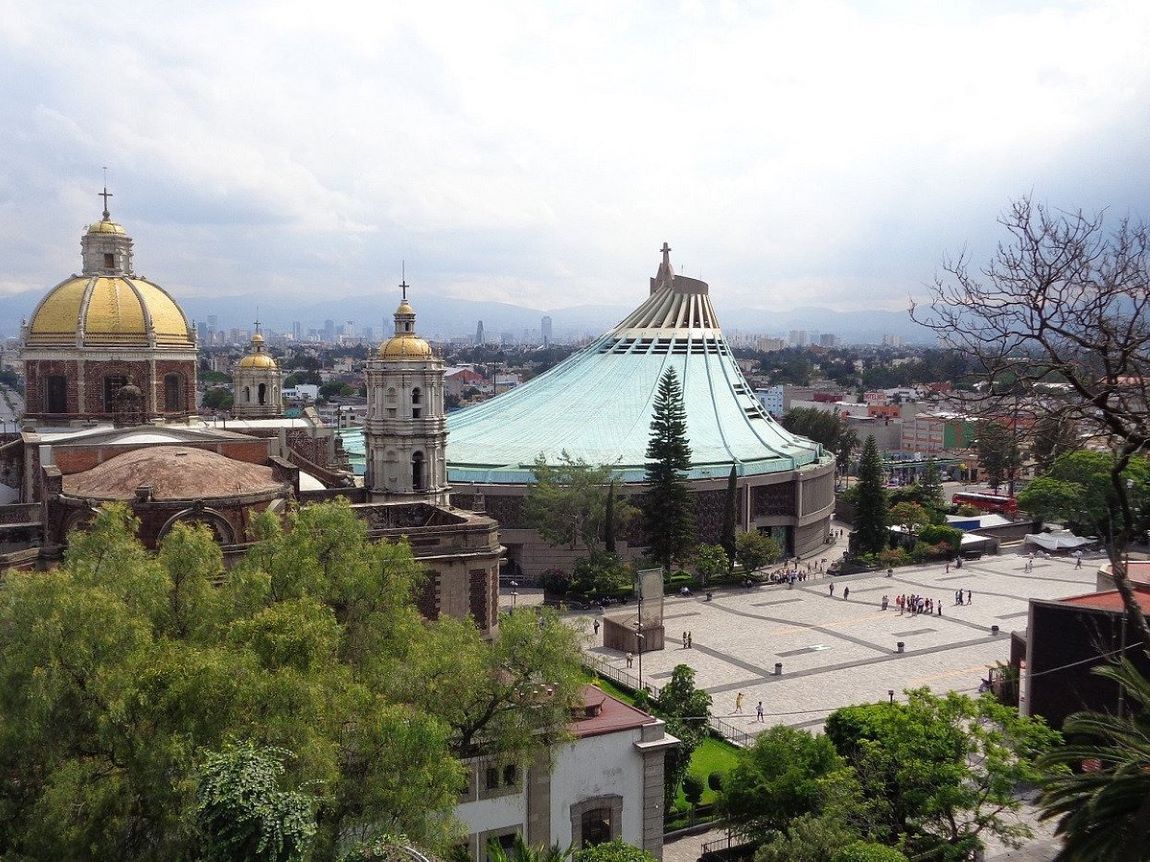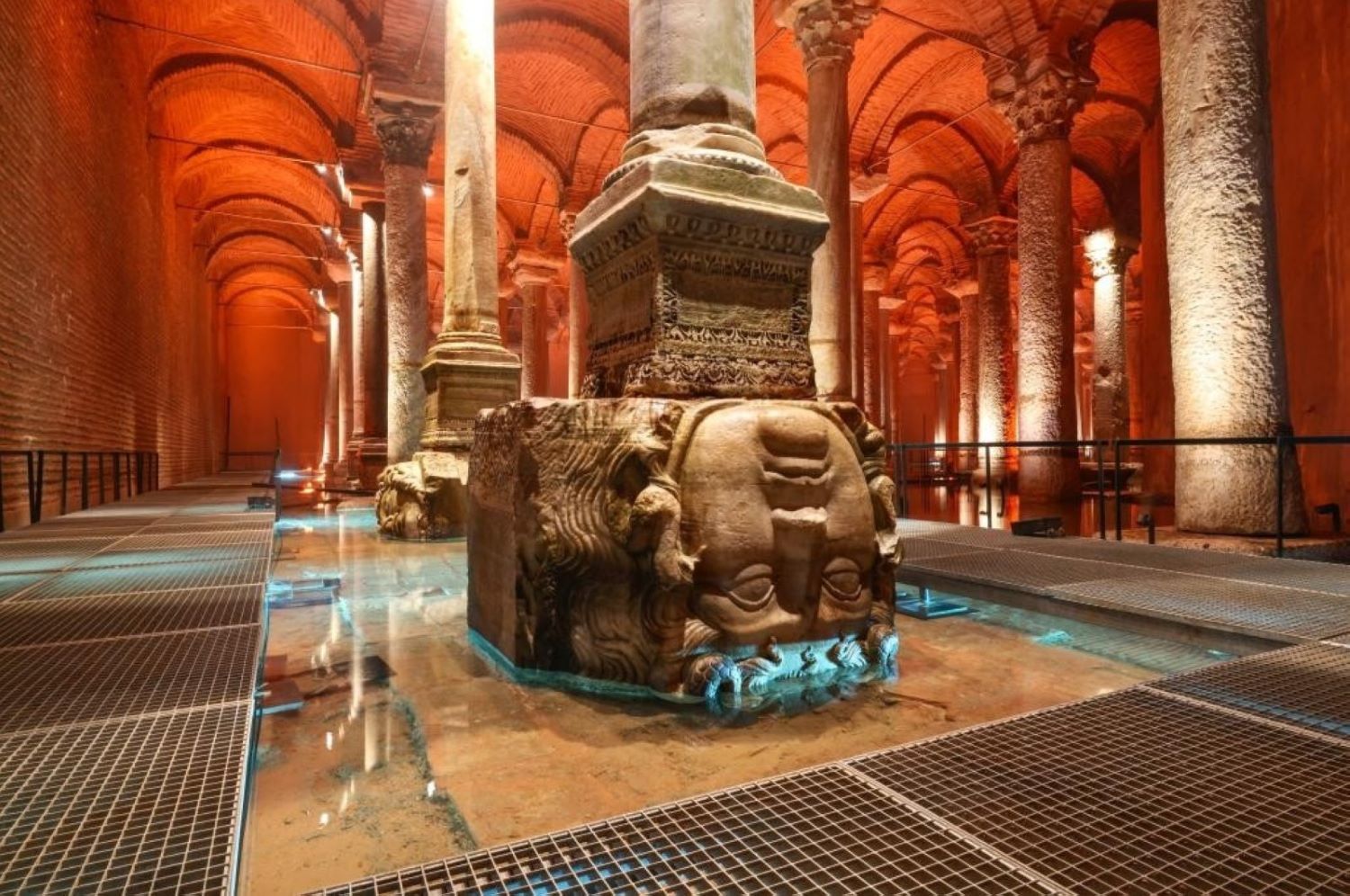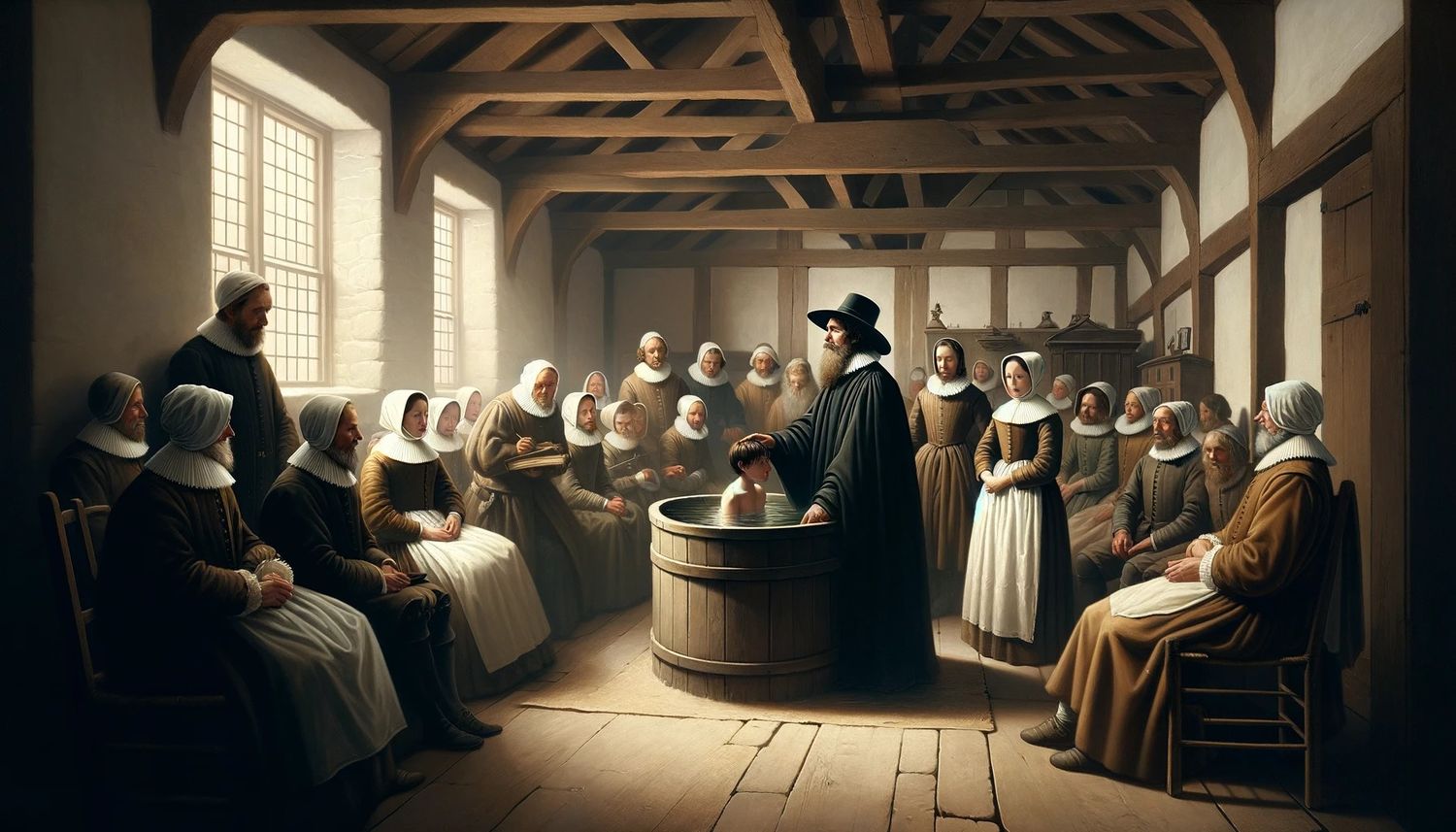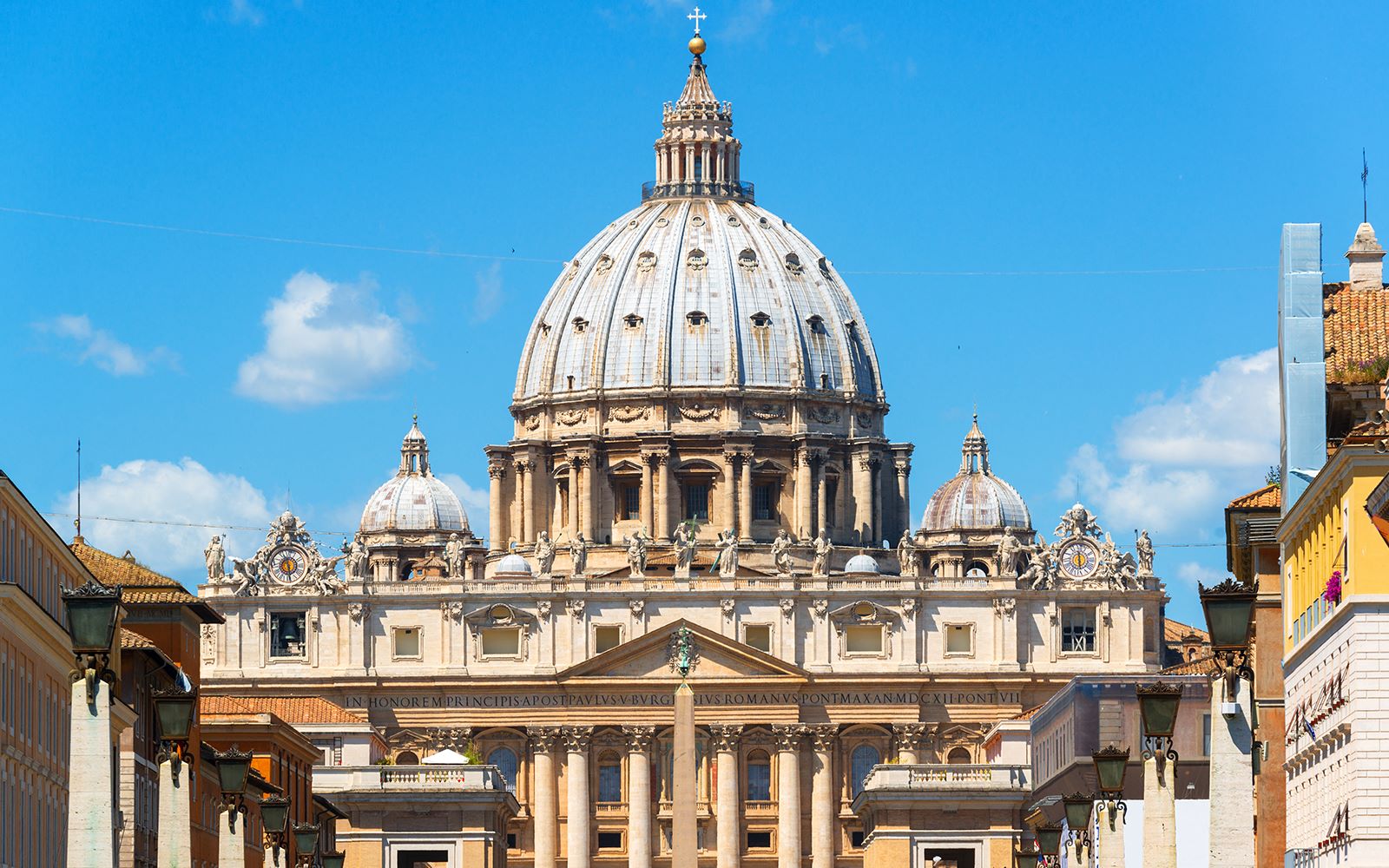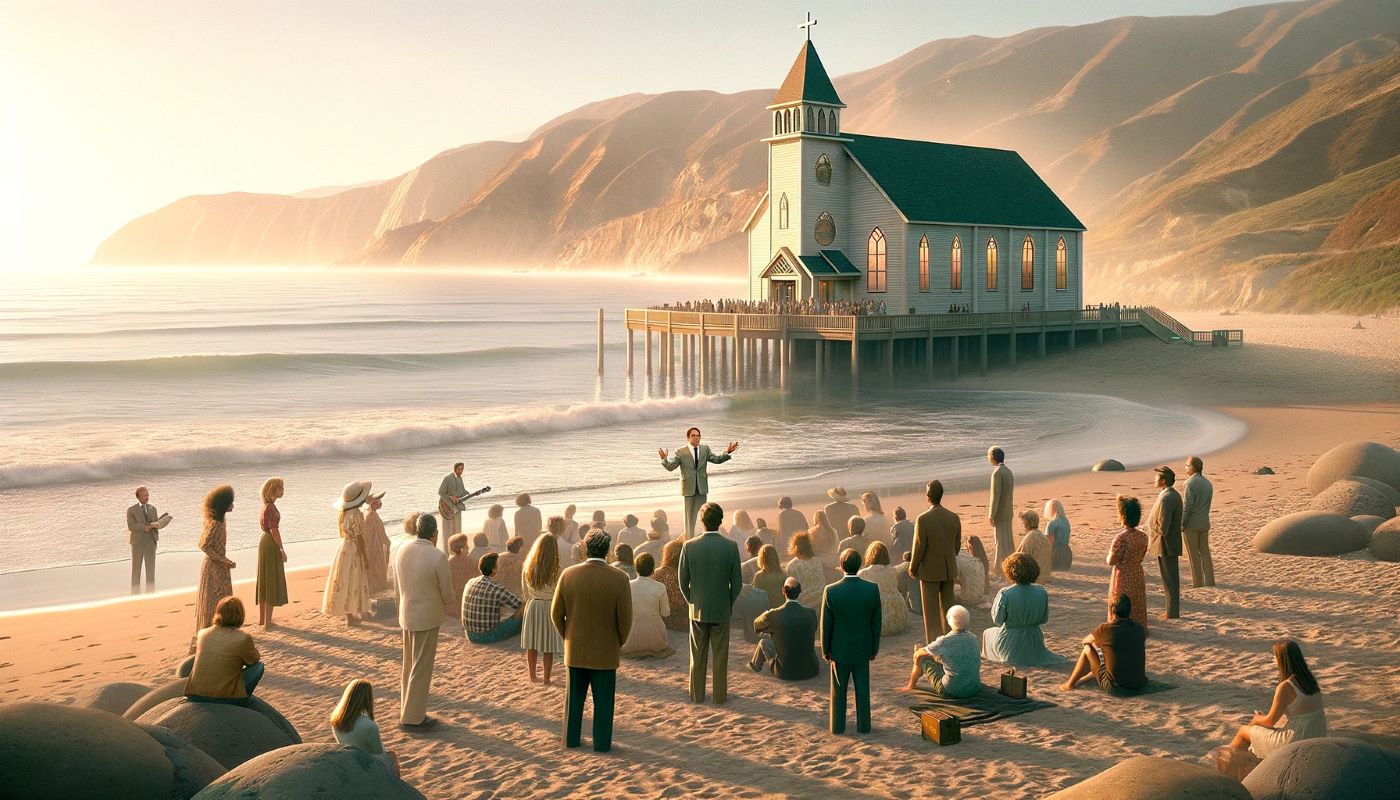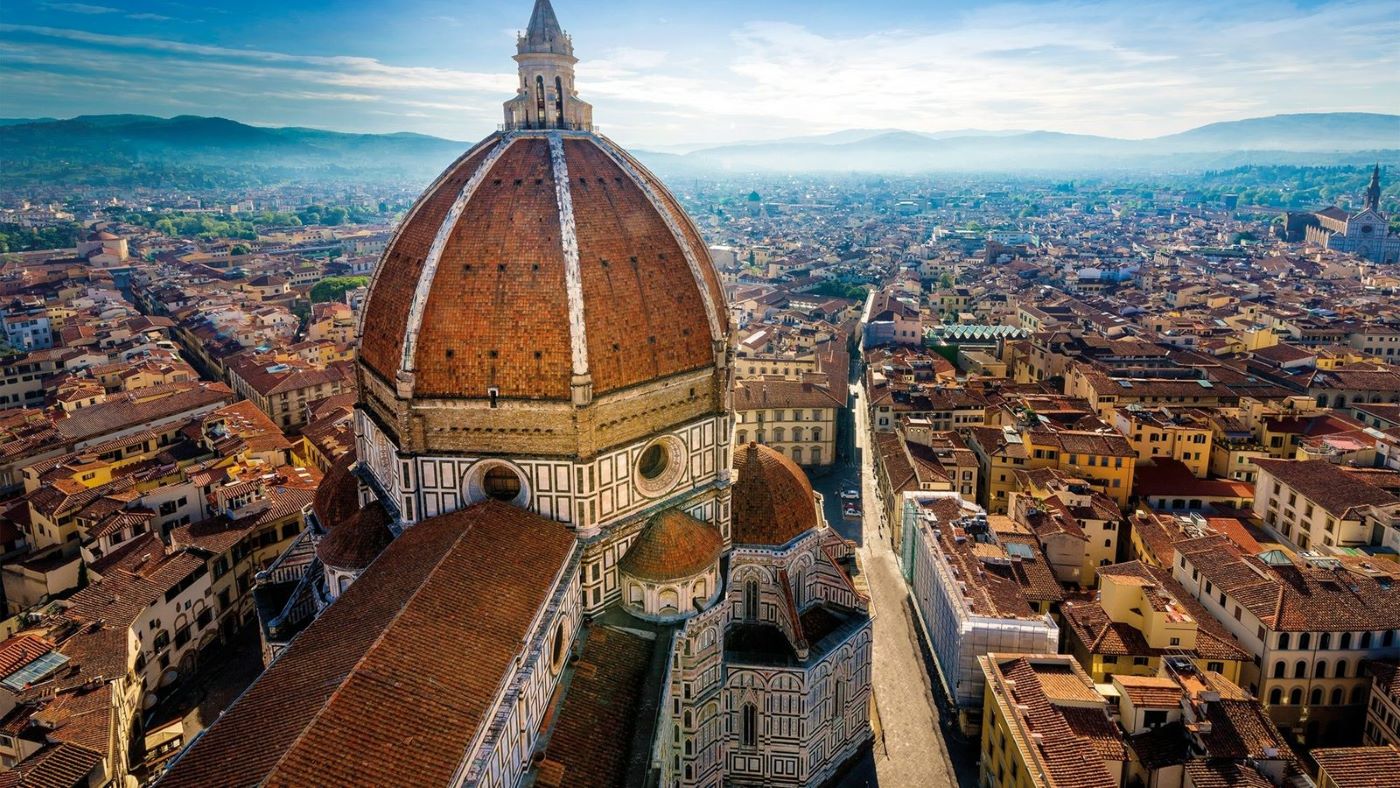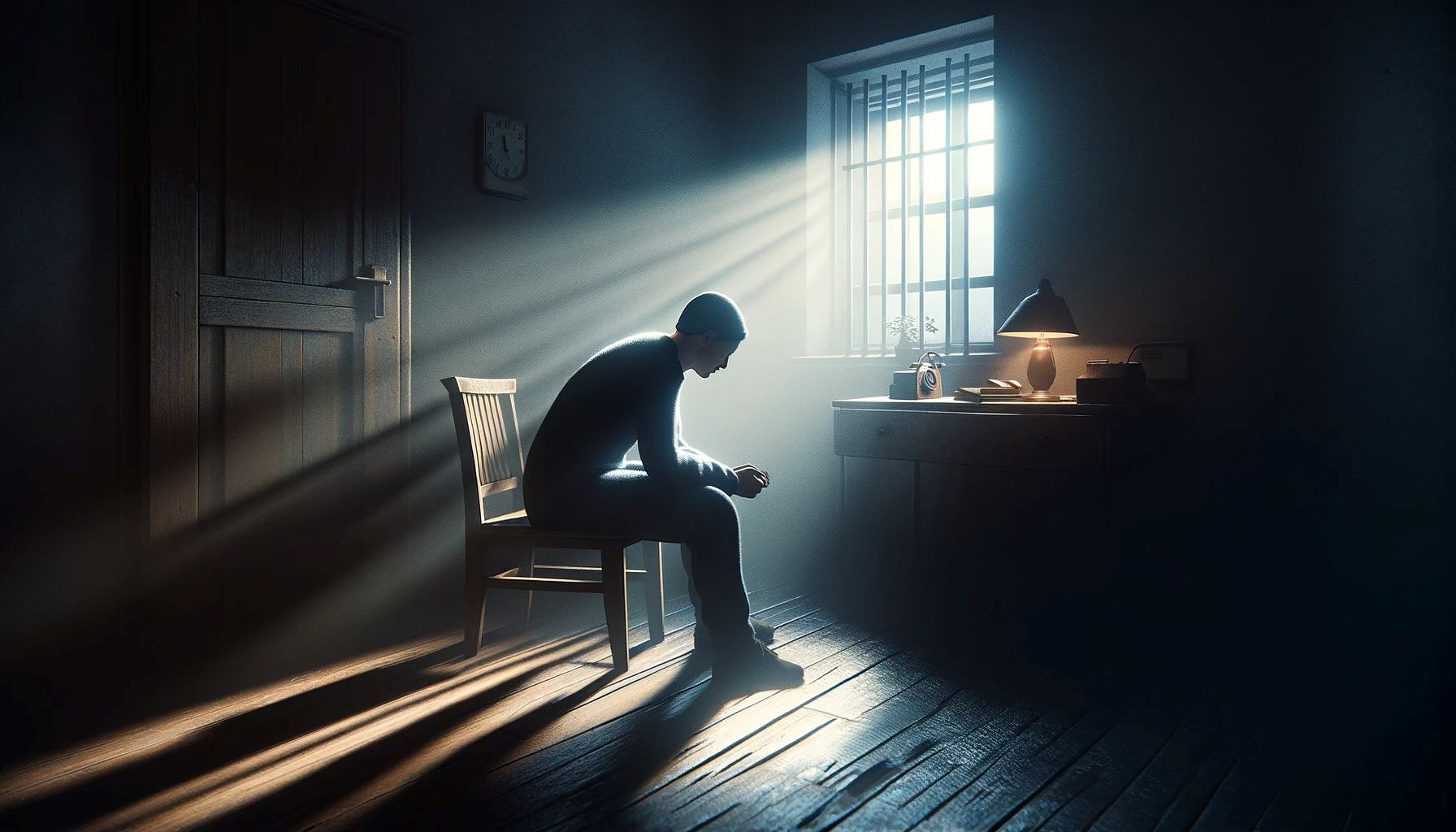Home>Arts and Culture>Who Started The Basilica De La Sagrada Familia


Arts and Culture
Who Started The Basilica De La Sagrada Familia
Published: February 10, 2024
Jason DeRose, Managing Editor at Christian.net, uses his expertise in religion and journalism to deepen understanding of faith's societal impacts. His editorial leadership, coupled with a strong academic background, enriches the platform’s diverse content, earning him recognition in both journalism and religious circles.
Discover the history and vision behind the iconic Basilica de la Sagrada Familia, a masterpiece of arts and culture, and learn about its visionary architect and his enduring legacy. Uncover the story behind this architectural marvel.
(Many of the links in this article redirect to a specific reviewed product. Your purchase of these products through affiliate links helps to generate commission for Christian.net, at no extra cost. Learn more)
Table of Contents
Introduction
The Basilica de la Sagrada Familia, located in the heart of Barcelona, Spain, is a masterpiece of architectural and artistic innovation. This iconic structure, often simply referred to as the Sagrada Familia, is a testament to the genius of Antoni Gaudí, a visionary architect whose unique style and creative vision have left an indelible mark on the world of art and architecture.
The Sagrada Familia is not just a church; it is a living, breathing work of art that has been under construction for over a century. Its construction began in 1882 and continues to this day, making it one of the longest-running architectural projects in history. The basilica's design is a harmonious blend of Gothic and Art Nouveau styles, with its towering spires and intricate facades captivating the imagination of all who behold it.
Gaudí's original vision for the Sagrada Familia was nothing short of revolutionary. He sought to create a structure that would not only serve as a place of worship but also as a testament to the beauty and wonder of the natural world. His deep reverence for nature is evident in every aspect of the basilica's design, from the organic shapes of its columns to the intricate details of its facades, which are adorned with sculptural depictions of biblical scenes and natural motifs.
As we delve into the history and construction of the Sagrada Familia, we will uncover the remarkable story of how this architectural marvel came to be. From Gaudí's groundbreaking designs to the ongoing efforts of modern architects and craftsmen to realize his vision, the saga of the Sagrada Familia is a testament to the enduring power of human creativity and determination.
Join us on a journey through time and artistry as we explore the captivating tale of the Basilica de la Sagrada Familia, a testament to the boundless potential of human imagination and ingenuity.
Read more: What Is The Basilica La Sagrada Familia
Antoni Gaudí and the Early Construction
Antoni Gaudí, the brilliant Catalan architect behind the Sagrada Familia, was a man ahead of his time. His innovative approach to architecture and unwavering commitment to his craft set the stage for the creation of one of the most extraordinary structures in the world. Gaudí's involvement with the Sagrada Familia began in 1883 when he took over as the chief architect, succeeding Francisco de Paula del Villar. Gaudí's vision for the basilica was nothing short of revolutionary, and he dedicated over 40 years of his life to bringing his extraordinary design to life.
Gaudí's architectural style was deeply influenced by his profound connection to nature and his devout Catholic faith. These two elements converged in the design of the Sagrada Familia, where Gaudí sought to create a space that would inspire awe and reverence while celebrating the beauty of the natural world. His innovative use of organic forms, intricate ornamentation, and a groundbreaking structural system set the Sagrada Familia apart from any other architectural endeavor of its time.
During the early years of construction, Gaudí focused on laying the groundwork for his ambitious vision. He meticulously planned every aspect of the basilica, drawing inspiration from the shapes and forms found in nature. The construction of the Nativity Facade, the first of the basilica's three facades, was a testament to Gaudí's meticulous attention to detail and his ability to infuse religious symbolism with naturalistic elements. The facade is adorned with intricate sculptures depicting scenes from the nativity, as well as an abundance of plant and animal motifs, reflecting Gaudí's deep reverence for the natural world.
Gaudí's innovative structural solutions were also evident in the construction of the basilica's interior. His use of hyperboloid structures, intricate columns, and expansive spaces created a sense of grandeur and awe, inviting visitors to contemplate the divine within a space that felt both sacred and harmonious with the natural world.
Despite facing numerous challenges, including funding shortages and interruptions due to the Spanish Civil War, Gaudí remained steadfast in his commitment to the Sagrada Familia. His unwavering dedication to the project was a testament to his visionary spirit and his belief in the transcendent power of architecture to uplift the human spirit.
As Gaudí's magnum opus, the Sagrada Familia stands as a testament to his unparalleled genius and unwavering dedication to his craft. His visionary approach to architecture and his deep reverence for nature and spirituality continue to inspire awe and wonder in all who behold this extraordinary masterpiece.
The Handover to Subirachs and the Continuation of the Project
Following Antoni Gaudí's untimely death in 1926, the responsibility for bringing his visionary design for the Sagrada Familia to fruition fell into the hands of a new generation of architects and craftsmen. One of the key figures entrusted with continuing Gaudí's legacy was the renowned sculptor Josep Maria Subirachs. Subirachs, known for his avant-garde approach to sculpture, was tasked with overseeing the completion of the basilica's intricate and awe-inspiring Passion Facade, a monumental undertaking that would test the limits of artistic and engineering innovation.
Subirachs approached the project with a deep sense of reverence for Gaudí's original vision while infusing his own distinctive artistic style into the fabric of the basilica. His sculptural contributions to the Passion Facade, characterized by stark, angular forms and a profound sense of emotional intensity, brought a new dimension of artistic expression to the Sagrada Familia. Subirachs' sculptures, which depict the events leading up to the crucifixion of Jesus, convey a raw and visceral portrayal of human suffering and redemption, inviting visitors to contemplate the profound spiritual themes at the heart of the Christian faith.
The continuation of the Sagrada Familia project under Subirachs' guidance was not without its challenges. The sculptor's avant-garde approach sparked debate and controversy, with some critics expressing concerns about the compatibility of his modernist sculptures with Gaudí's original vision. However, Subirachs remained steadfast in his commitment to honoring Gaudí's legacy while infusing the basilica with a contemporary artistic sensibility that spoke to the evolving cultural landscape of the 20th century.
Under Subirachs' direction, the completion of the Passion Facade marked a significant milestone in the ongoing saga of the Sagrada Familia. His sculptural masterpieces, which seamlessly integrated with the architectural elements of the basilica, added a new layer of artistic depth and emotional resonance to Gaudí's monumental creation. Subirachs' unwavering dedication to the project ensured that the spirit of innovation and artistic daring that defined Gaudí's original vision continued to thrive within the sacred walls of the Sagrada Familia.
As the years passed, Subirachs' contributions to the basilica became an integral part of its evolving narrative, a testament to the enduring legacy of artistic collaboration and creative vision that has defined the Sagrada Familia throughout its storied history. His sculptural masterpieces stand as a poignant reminder of the ongoing journey to fulfill Gaudí's extraordinary dream, a dream that continues to captivate the hearts and minds of all who are touched by the transcendent beauty of the Sagrada Familia.
Current Status and Future Plans
The current status of the Basilica de la Sagrada Familia reflects a remarkable blend of tradition and innovation, as the ongoing construction continues to honor Antoni Gaudí's original vision while embracing contemporary architectural techniques and technologies. Despite being under construction for over a century, the basilica stands as a testament to the enduring power of human creativity and determination.
As of today, the construction of the Sagrada Familia is focused on the completion of its central and tallest structure, the Tower of Jesus Christ, which will soar to a height of 172.5 meters upon its completion. This monumental undertaking represents the culmination of Gaudí's original vision, as the tower will serve as the crowning glory of the basilica, symbolizing the transcendent presence of Christ and the spiritual aspirations of humanity.
In addition to the construction of the Tower of Jesus Christ, the ongoing efforts at the Sagrada Familia encompass a meticulous restoration and preservation process, ensuring that Gaudí's architectural masterpiece remains a timeless beacon of beauty and inspiration for generations to come. The basilica's intricate facades, sculptural elements, and interior spaces are being carefully preserved and enhanced, allowing visitors to experience the full splendor of Gaudí's visionary design.
Looking ahead, the future plans for the Sagrada Familia extend far beyond its physical construction. The basilica serves as a living testament to the enduring legacy of Antoni Gaudí and the boundless potential of architectural innovation. As such, the Sagrada Familia continues to inspire ongoing research and exploration into new architectural techniques and materials, with a focus on sustainability and environmental consciousness.
Furthermore, the completion of the Sagrada Familia will open new opportunities for cultural and educational initiatives, inviting visitors from around the world to engage with the basilica's profound artistic and spiritual significance. The basilica's role as a center for artistic expression, religious contemplation, and architectural innovation will continue to evolve, fostering a dynamic dialogue between the past, present, and future of human creativity.
In essence, the current status and future plans for the Basilica de la Sagrada Familia reflect a commitment to honoring Gaudí's extraordinary vision while embracing the limitless possibilities of architectural and artistic innovation. As the construction journey unfolds, the basilica stands as a timeless symbol of human aspiration and the enduring power of visionary creativity.
